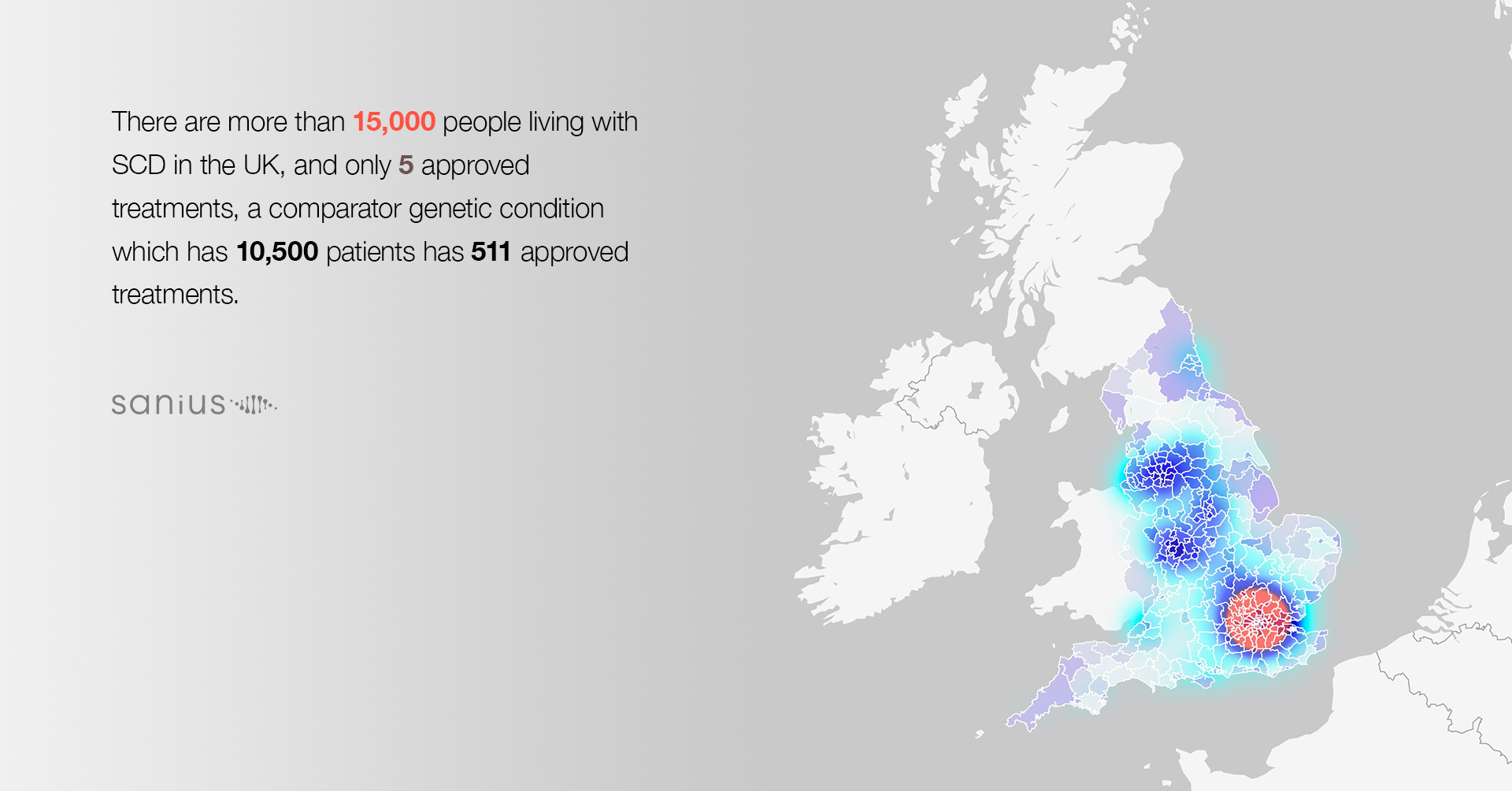We have certainly made significant strides in leveraging technology to combat the COVID-19 pandemic. However, it is yet to be seen if our efforts will sustain us through a tough recovery period. Many digital vendors have made valiant attempts to combat present health crises. However, very few have successfully provided strategies or products for the years to come.
Push Doctor, led by CEO Dr. Wais Shaifta, is one of the few apps that have done so.
As the UK’s first platform to provide virtual GP consultations, Push Doctor is ahead of the curve in preparing future approaches to healthcare. Working in partnership with the NHS, Push Doctor will continue to make healthcare access easier and sustainable for us all.
Distilled Post sits with Wais Shaifta to discuss how Push Doctor is supporting health providers in safeguarding frontline workers, operations and the entire health system beyond recovery.
The Current Situation
In the past, many have been reluctant to use virtual health platforms for many reasons. These included the prevalence of technology barriers, security concerns and a lack of available access.
We have since overcome these challenges, thanks to the pandemic induced digital acceleration across healthcare. Now, medical platforms are more secure than ever. Video and image quality are significantly improved, as well as the necessary connectivity and sound for a seamless consultation experience. Furthermore, remote working and optimised smart devices now bring patients and health practitioners closer together to ensure an accurate virtual diagnosis.
Push Doctor’s Wais Shaifta believes that the rising use of virtual health platforms will continue how we interact with health providers, forever. According to him, digital healthcare will give patients ‘faster, more flexible access to physicians’:
‘Whilst digital consultations will never replace the need for medical professionals to engage with patients in person, they do have numerous benefits for patients, clinicians and the NHS when used in partnership with face-to-face care. Digital consultations give patients better, faster, more flexible access to clinicians, where don’t need to travel far or take time off’
Additionally, telemedicine has allowed for new triaging methods across different disease pathways to emerge. Throughout national lockdowns and COVID-19 peaks, telemedicine has become a means of ‘forward triage’ for patients. This includes automated logic flows that can now refer moderate and critical-risk patients to external triage lines. According to a study published in the British Medical Journal, this form of triage:
‘Maintains patient-orientated care while protecting patients and healthcare providers. For patients who may have COVID-19, telemedicine has been used to safely and remotely assess respiratory symptoms, which may be part of the early presentation of a COVID-19 infection’
Further, the use case for telemedicine have since expanded beyond triage, diagnosis and consultations. They now enable reliable access to electronic health records, which patients and clinicians can now access securely and with ease.
Preparing Healthcare for Post-Pandemic Recovery
Due to the increased use and efficiency of virtual medicine platforms, it is likely that they will remain long after the pandemic. According to a report by Global Market Insights, the telemedicine market is set to be valued at $175.5 Billion by 2026. As web and mobile delivery modes advance, so will the usage of telemedicine services across the world. In tandem, as the popularity of wearable devices and digital patient data facilities rise, telehealth vendors will inevitably see an increase of demand.
According to Wais, digital applications that can easily integrate existing healthcare systems will succeed more than other vendors. However, he warns ignoring in-built infrastructure within healthcare will impede progress for future virtual health vendors. Wais observes that extant ‘digital bureaucracy’ within the NHS and the UK health sector does much to impede progress. However, applications that actively allow health practitioners to ‘prescribe medication’ according to real-time and viewable information, will transform how we approach post-pandemic health.
‘Despite some progress, digital bureaucracy still exists both in the NHS and across the UK’s health sector. In some cases, hundreds of different systems operate in a single organisation or NHS Trust, and they often struggle to work in harmony […] Digital applications with the ability to integrate these systems will bring tangible benefits to both patients and clinicians’
At its core, Push Doctor provides clinicians and patients with ‘holistic access’ to treatment plans and further information:
‘Giving clinicians a holistic view of patient records, plus the ability to read and write this information, [Push Doctor] will make the entire healthcare ecosystem safer, more effective, and more efficient’
Protecting Against Future Crises
A compelling learning from the pandemic is that digitising healthcare is a critical issue for us all. To build a sustainable recovery path, health systems need to show strong leadership and encourage the implementation of virtual health initiatives.
To prepare for post-pandemic recovery, providers like Push Doctor are now underlying and underpinning the digital acceleration momentum within healthcare. They are making digital health deployment simpler for traditional institutions through their platforms. As such, Push Doctor is preparing to overcome prospective hurdles by providing better resources for clinicians and patients.
‘We are looking to increase the number of clinician types available for patients via the Push Doctor platform. In addition to GPs, we have rolled out remote consultations with pharmacists and physiotherapists, with a view to adding more health professionals in the near future such as mental health specialists. It is estimated that one third of GP appointments could be completed by pharmacists who are trained to treat minor ailments such as cough, colds, aches and pains.
By on-boarding these clinician types, we will be able to triage patients more effectively based on their medical records and symptoms, ensuring they receive the right care at the right time with their first interaction’
Recommended for you

Is AI the End, or Just a New Beginning, for Digital Art?
As Truss and Sunak compete to become the new PM, one key topic is forming a noticeably small part of the Tory leadership debates.
Trending

Is AI the End, or Just a New Beginning, for Digital Art?
As Truss and Sunak compete to become the new PM, one key topic is forming a noticeably small part of the Tory leadership debates.






